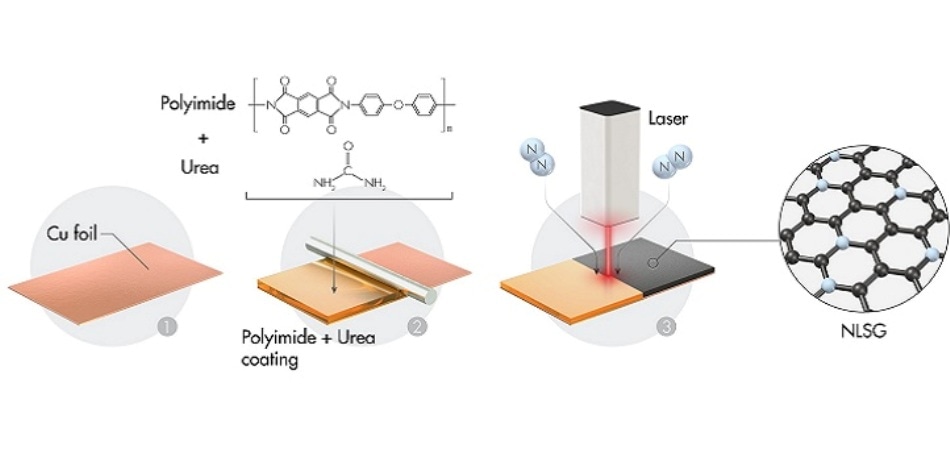Jul 31 2018
The lithium-ion batteries used at present can be replaced by sodium-ion batteries since they use the low-cost (less than 1/30th of the cost of lithium) and more abundant sodium resource. This has specific potential in Saudi Arabia, where sodium is easily available and can be easily derived as a byproduct of water desalination, an important source of potable water in the country.
 (Image credit: ©2018 Wiley-VCH Verlag GmbH & Co. KGaA. Image created by Xavier Pita.)
(Image credit: ©2018 Wiley-VCH Verlag GmbH & Co. KGaA. Image created by Xavier Pita.)
However, normal graphite, the anode material mostly used in lithium-ion batteries, finds it hard to store or interject sodium ions since sodium ions are larger compared to lithium ions. Hard carbon is a kind of disordered graphite with the ability to store more number of sodium ions, thereby increasing battery capacity. The challenge is that synthesizing hard carbon mandates temperatures of nearly 1000 °C.
The KAUST group headed by Husam Alshareef has devised a method with the help of a simple bench-top laser to synthesize three-dimensional hard carbon directly on copper collectors without the need for excessive temperatures or additional coating steps.
The researchers formed a polymer (urea-containing polyimide) sheet on copper and subsequently exposed this sheet to strong laser light. They introduced nitrogen gas at the time of the process and were able to replace some of the carbon atoms with nitrogen atoms, achieving an exceptionally high nitrogen level (13 atomic %), which cannot be achieved by other methods. Consequently, the three-dimensional graphene was highly conductive, had increased atomic spacing, and was directly attached to the copper current collectors, thereby avoiding the need for additional processing steps.
We wanted to find a way to make three dimensional hard carbons without having to excessively heat our samples. This way we could form the hard carbon directly on copper collectors.
Fan Zhang, a PhD student in Alshareef’s team
The KAUST scientists fabricated sodium-ion batteries with the help of their laser-formed anode material. Their device had a coulombic efficiency that surpassed most reported carbonaceous anodes, such as soft and hard carbon, and a sodium-ion capacity more than majority of the previous carbon anodes in sodium-ion batteries.
“I enjoyed learning from every member of Prof. Alshareef’s group, especially Fan Zhang, who was my closest mentor,” stated Eman Alhajji, a KAUST Gifted Student Program (KGSP) intern and current undergraduate student at North Carolina State University, USA. Eman will join the group as a PhD student next fall.
Zhang and Alhajji set an admirable example of productive collaboration between KAUST graduate students and visiting KGSP interns. Their work opens a new direction in battery research, which can be extended to other energy-storage technologies.
Husam Alshareef